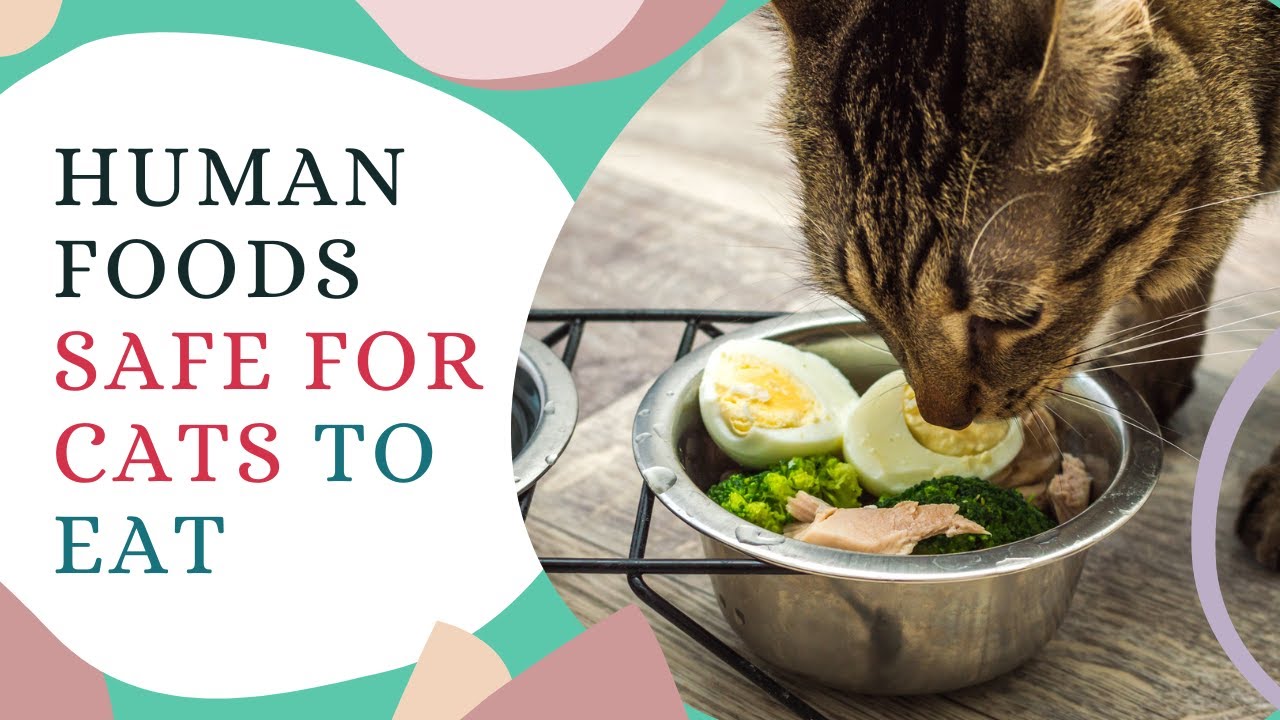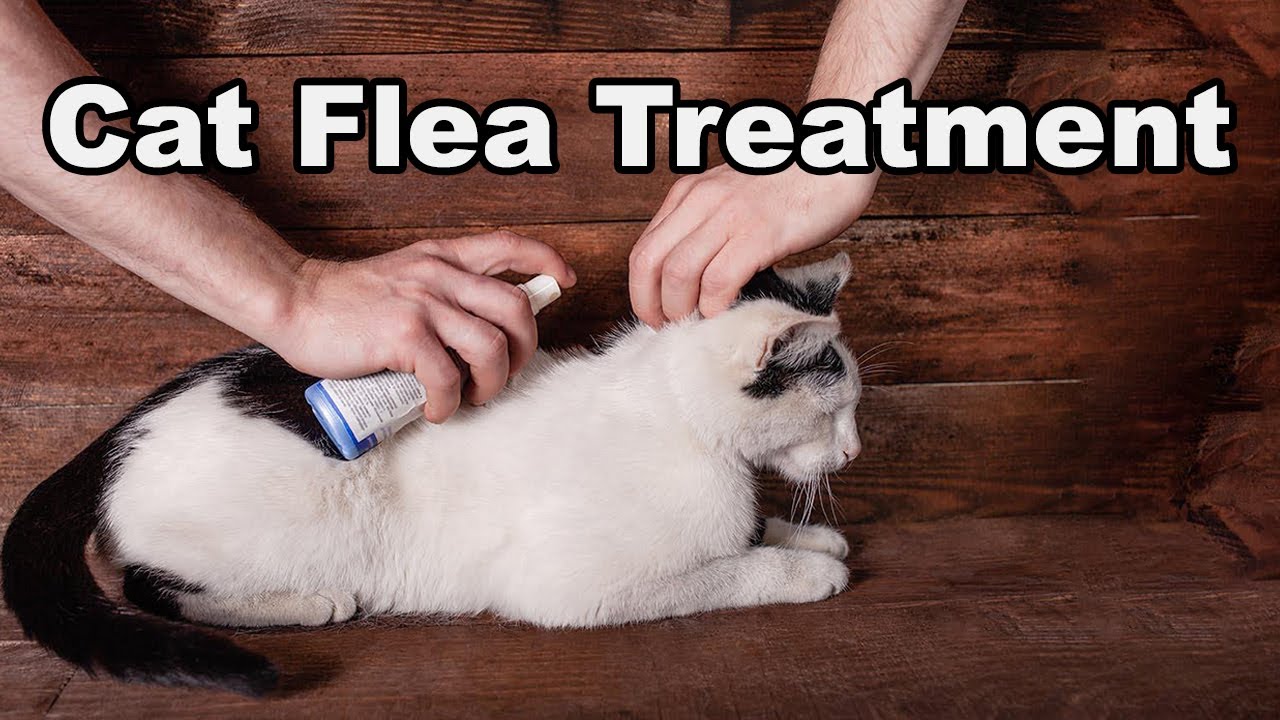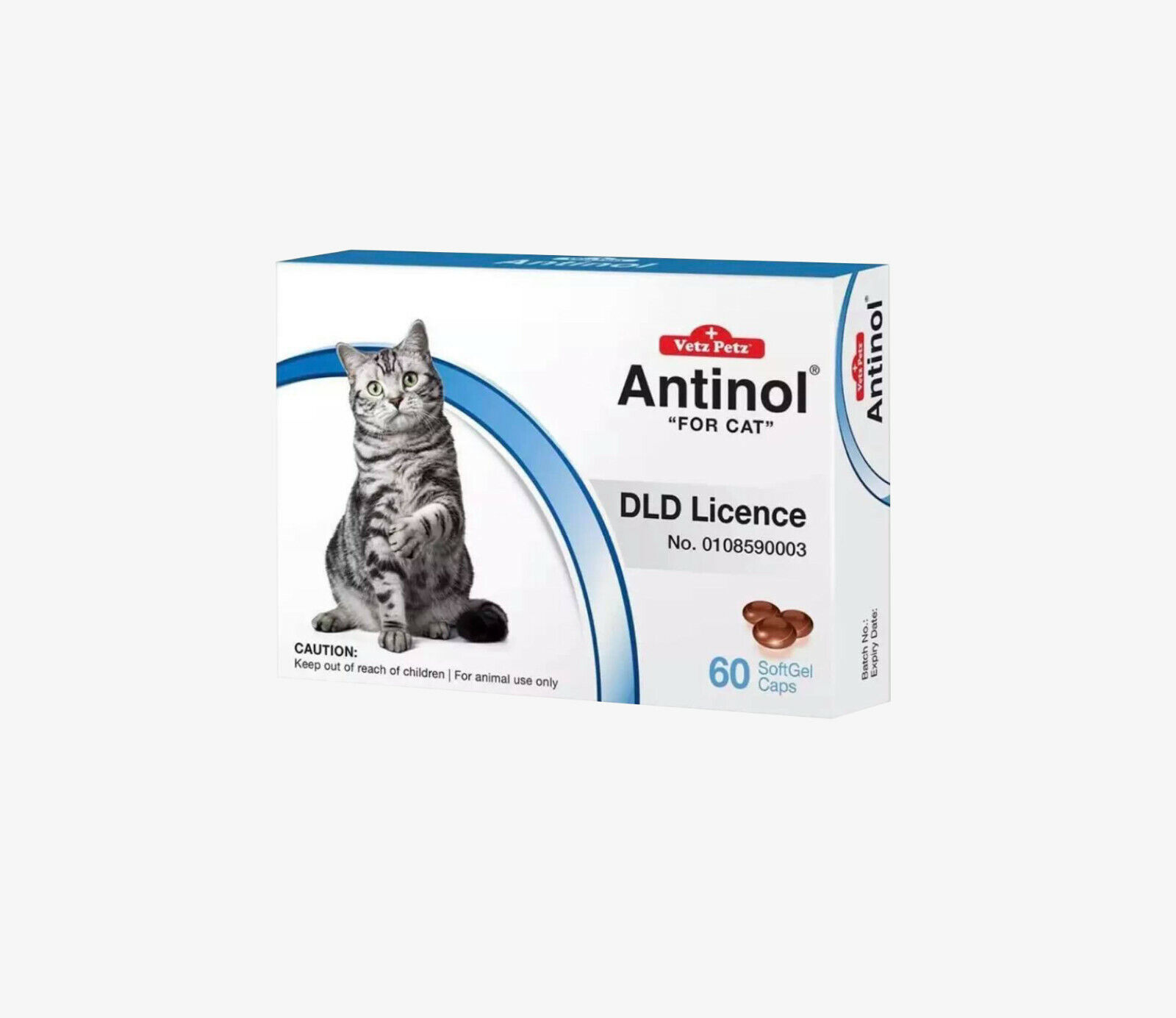Cats are beloved members of our families, and as pet owners, we often wonder what human foods are safe to share with them. While cats have specific dietary needs, some human foods can be a healthy addition to their diet when given in moderation. This article explores the human foods cats can safely eat every day, their nutritional benefits, and tips for incorporating them into your cat’s meals. Whether you’re a seasoned cat owner or a new pet parent, this guide will help you make informed decisions about your feline friend’s diet.
Understanding a Cat’s Nutritional Needs
Before diving into specific human foods, it’s essential to understand a cat’s dietary requirements. Cats are obligate carnivores, meaning they rely primarily on animal-based proteins for survival. Their bodies are designed to digest meat efficiently, and they require specific nutrients like taurine, arachidonic acid, and vitamin A, which are found naturally in animal tissues.
While cats can enjoy some human foods, these should never replace their primary diet of high-quality cat food. Instead, think of human foods as occasional treats or supplements to enhance their nutrition.
Human Foods Cats Can Safely Eat Every Day
Below is a list of human foods that are safe for cats to consume daily, along with their nutritional benefits and serving suggestions.
1. Cooked Chicken
- Why It’s Good: Chicken is an excellent source of lean protein, which supports muscle growth and maintenance. It’s also rich in essential amino acids like taurine, crucial for heart and eye health.
- How to Serve: Remove all bones, skin, and seasoning. Serve plain, boiled, or baked chicken in small, bite-sized pieces.
- Frequency: Can be given daily as a supplement to regular cat food.
2. Cooked Fish (Salmon, Tuna, or Sardines)
- Why It’s Good: Fish is packed with omega-3 fatty acids, which promote healthy skin, a shiny coat, and reduce inflammation. It’s also a great source of protein.
- How to Serve: Ensure the fish is cooked thoroughly, boneless, and unseasoned. Avoid raw fish due to the risk of parasites.
- Frequency: Offer small portions 2-3 times a week to avoid mercury buildup.
3. Eggs
- Why It’s Good: Eggs are a complete protein source and contain essential amino acids, vitamins, and minerals like selenium and riboflavin.
- How to Serve: Cook eggs thoroughly (scrambled or boiled) without oil, butter, or seasoning.
- Frequency: Can be given in small amounts daily or every other day.
4. Pumpkin (Plain, Cooked)
- Why It’s Good: Pumpkin is rich in fiber, which aids digestion and helps with hairball control. It’s also low in calories, making it a healthy treat.
- How to Serve: Offer plain, cooked pumpkin (not pumpkin pie filling) in small amounts.
- Frequency: Can be given daily, especially for cats with digestive issues.
5. Carrots (Cooked)
- Why It’s Good: Carrots are a good source of beta-carotene, which supports eye health. They also provide fiber and vitamins.
- How to Serve: Cook carrots until soft and cut them into small, manageable pieces.
- Frequency: Offer as an occasional treat, not daily.
6. Spinach
- Why It’s Good: Spinach is rich in vitamins A, C, and K, as well as iron and calcium. It can be a healthy addition to your cat’s diet.
- How to Serve: Steam or boil spinach and chop it finely before serving.
- Frequency: Offer in moderation, as excessive amounts can cause kidney issues due to oxalates.
7. Blueberries
- Why It’s Good: Blueberries are packed with antioxidants, which support the immune system and overall health.
- How to Serve: Wash thoroughly and offer fresh or frozen blueberries as a treat.
- Frequency: Can be given daily in small amounts.
8. Plain Yogurt (Unsweetened)
- Why It’s Good: Yogurt contains probiotics that support gut health. It’s also a source of calcium and protein.
- How to Serve: Offer plain, unsweetened yogurt in small amounts.
- Frequency: Can be given daily, but monitor for lactose intolerance.
9. Oatmeal
- Why It’s Good: Oatmeal is a good source of fiber and can be beneficial for cats with digestive issues.
- How to Serve: Cook plain oatmeal without sugar, milk, or additives.
- Frequency: Offer occasionally as a treat.
10. Cheese (In Moderation)
- Why It’s Good: Cheese is high in protein and calcium, but it should be given sparingly due to its fat content.
- How to Serve: Offer small cubes of low-lactose cheeses like cheddar or Swiss.
- Frequency: Limit to occasional treats.
Human Foods to Avoid
While some human foods are safe for cats, others can be toxic or harmful. Avoid feeding your cat the following:
- Onions and Garlic: Can cause anemia by damaging red blood cells.
- Chocolate: Contains theobromine, which is toxic to cats.
- Grapes and Raisins: Can cause kidney failure.
- Alcohol: Extremely dangerous, even in small amounts.
- Caffeine: Found in coffee, tea, and energy drinks, it can be fatal.
- Raw Dough: Can expand in the stomach and cause blockages.
Tips for Introducing Human Foods to Your Cat’s Diet
- Start Small: Introduce new foods gradually to avoid digestive upset.
- Monitor for Allergies: Watch for signs of allergies, such as itching, vomiting, or diarrhea.
- Consult Your Vet: Always consult your veterinarian before making significant changes to your cat’s diet.
- Balance is Key: Human foods should complement, not replace, a balanced cat food diet.
- Avoid Seasonings: Never feed your cat foods with salt, spices, or additives.
The Role of Human Foods in a Cat’s Diet
While human foods can provide additional nutrients and variety, they should never make up more than 10% of your cat’s daily caloric intake. The majority of their diet should consist of high-quality commercial cat food formulated to meet their specific nutritional needs.
The Benefits of Human Foods for Cats
1. Cooked Chicken: A Staple Protein Source
- Nutritional Breakdown: Chicken is rich in protein, which is essential for muscle development and repair. It also contains vitamins B6 and B12, which support brain function and energy metabolism.
- Serving Tips: Always ensure the chicken is thoroughly cooked to avoid any risk of salmonella or other bacterial infections. Remove any bones to prevent choking hazards.
2. Cooked Fish: Omega-3 Fatty Acids for a Shiny Coat
- Nutritional Breakdown: Fish like salmon and tuna are excellent sources of omega-3 fatty acids, which are beneficial for maintaining a healthy coat and skin. They also provide a good amount of protein and essential vitamins like D and B12.
- Serving Tips: Avoid feeding raw fish due to the risk of parasites. Ensure the fish is cooked and free from any bones.
3. Eggs: A Complete Protein Source
- Nutritional Breakdown: Eggs are a complete protein source, meaning they contain all the essential amino acids your cat needs. They are also rich in vitamins A, D, and E, as well as minerals like selenium and iron.
- Serving Tips: Always cook eggs thoroughly to eliminate the risk of salmonella. Avoid adding any seasoning or oil.
4. Pumpkin: A Digestive Aid
- Nutritional Breakdown: Pumpkin is high in fiber, which can help regulate your cat’s digestive system. It’s also low in calories, making it a healthy treat option.
- Serving Tips: Use plain, cooked pumpkin without any added sugars or spices. You can mix a small amount into your cat’s regular food.
5. Carrots: A Crunchy Treat
- Nutritional Breakdown: Carrots are rich in beta-carotene, which is converted into vitamin A in the body. They also provide fiber and antioxidants.
- Serving Tips: Cook carrots until they are soft and cut them into small pieces to prevent choking.
6. Spinach: A Nutrient-Dense Green
- Nutritional Breakdown: Spinach is packed with vitamins A, C, and K, as well as iron and calcium. It can be a healthy addition to your cat’s diet.
- Serving Tips: Steam or boil spinach and chop it finely before serving. Offer it in moderation to avoid any potential kidney issues.
7. Blueberries: Antioxidant Powerhouse
- Nutritional Breakdown: Blueberries are rich in antioxidants, which help combat free radicals and support overall health. They also provide vitamins C and K.
- Serving Tips: Wash blueberries thoroughly and offer them fresh or frozen as a treat.
8. Plain Yogurt: Probiotic Benefits
- Nutritional Breakdown: Yogurt contains probiotics, which support gut health. It’s also a good source of calcium and protein.
- Serving Tips: Offer plain, unsweetened yogurt in small amounts. Monitor your cat for any signs of lactose intolerance.
9. Oatmeal: A Fiber-Rich Option
- Nutritional Breakdown: Oatmeal is a good source of fiber, which can aid in digestion. It also provides some protein and essential vitamins and minerals.
- Serving Tips: Cook plain oatmeal without any added sugars or milk. Offer it in small amounts as an occasional treat.
10. Cheese: A Calcium-Rich Treat
- Nutritional Breakdown: Cheese is high in protein and calcium, which are essential for bone health. However, it should be given sparingly due to its fat content.
- Serving Tips: Offer small cubes of low-lactose cheeses like cheddar or Swiss. Limit the amount to avoid weight gain.
Frequently Asked Questions (FAQs)
1. Can cats eat bananas?
- Yes, cats can eat bananas in small amounts. They are a good source of potassium but should be given sparingly due to their high sugar content.
2. Is it safe to give cats milk?
- Most adult cats are lactose intolerant, so it’s best to avoid milk. Instead, offer lactose-free alternatives like plain yogurt.
3. Can cats eat bread?
- Plain bread is not harmful in small amounts, but it offers little nutritional value and can lead to weight gain.
4. Are there any fruits cats should avoid?
- Avoid feeding cats grapes, raisins, and citrus fruits, as they can be toxic.
Conclusion
Incorporating human foods into your cat’s diet can be a rewarding way to provide variety and additional nutrients. However, it’s crucial to choose safe options and serve them in moderation. Always prioritize your cat’s health by consulting your veterinarian and ensuring their primary diet consists of high-quality cat food. By following this guide, you can safely share some of your favorite foods with your feline companion while keeping them happy and healthy.
While the human foods listed above are safe for cats, it’s crucial to remember that moderation is key. Overfeeding any human food can lead to nutritional imbalances and health issues. Always ensure that the majority of your cat’s diet consists of high-quality commercial cat food that meets their specific nutritional needs.
Incorporating human foods into your cat’s diet can be a great way to provide variety and additional nutrients. However, it’s essential to choose safe options and serve them in moderation. Always consult your veterinarian before making any significant changes to your cat’s diet. By following this comprehensive guide, you can ensure that your feline friend enjoys a balanced and healthy diet.






